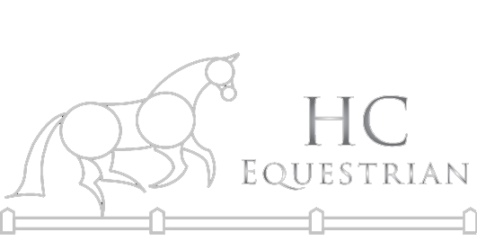In previous posts, I’ve talked about the rein yield exercise that I’ve been doing with Blue. The objective of the exercise is for the rider to use one rein to get the horse to move his hind legs laterally. The purpose is to identify and eliminate any areas where the horse is bracing against the cue. The end result is a horse that understands bending better, and steps under with the inside hind when he feels the inside rein applied.
I’m all for being lazy and getting the horse to do most of the work. I want the horse to be responsible for himself. I don’t want to micromanage every part of his body all the time.
Prior to learning the rein yield, I would use a symphony of aids to get the horse to bend and step under with the inside hind. I’d probably use my inside rein to flex, an opposing outside rein, and a strong inside leg to get the same result that can be achieved with the rein yield.
So just like any other training, a proper response can be taught on the ground, then can be converted into an under-saddle cue.
Check out this series of pictures to see the progression of Blue learning the rein yield.
 Blue’s first session learning rein yields. He’s bracing against me in many ways. I’ve taken in the rein and in response he is pulling back on me. He’s also bracing on his right hind, it is firmly pushing on the ground.
Blue’s first session learning rein yields. He’s bracing against me in many ways. I’ve taken in the rein and in response he is pulling back on me. He’s also bracing on his right hind, it is firmly pushing on the ground.
 Now he’s got it! Here you can see that when I picked up the inside rein, he softly turned his head towards me and immediately stepped under with the inside hind. In the next moment he will step out with the outside hind. Good boy!
Now he’s got it! Here you can see that when I picked up the inside rein, he softly turned his head towards me and immediately stepped under with the inside hind. In the next moment he will step out with the outside hind. Good boy!
 First session doing rein yields under saddle. He understands the cue already, so he turned his head and stepped over with his hind legs. However, some of his bracing in his mouth had returned, he’s opening his mouth some to avoid the pressure on the bit instead of yielding to it immediately. With practice and good timing this bracing will go away.
First session doing rein yields under saddle. He understands the cue already, so he turned his head and stepped over with his hind legs. However, some of his bracing in his mouth had returned, he’s opening his mouth some to avoid the pressure on the bit instead of yielding to it immediately. With practice and good timing this bracing will go away.
A horse in any stage of training can learn the rein yield. When I’m in the saddle, I make sure that I take my rein yielding hand up and away from the horse’s neck. This helps to differentiate the cue for rein yield and the cue for flexion at the poll. While the rein yield is easiest to see at the halter, it is helpful in all gaits as soon as the horse understands the cue.

